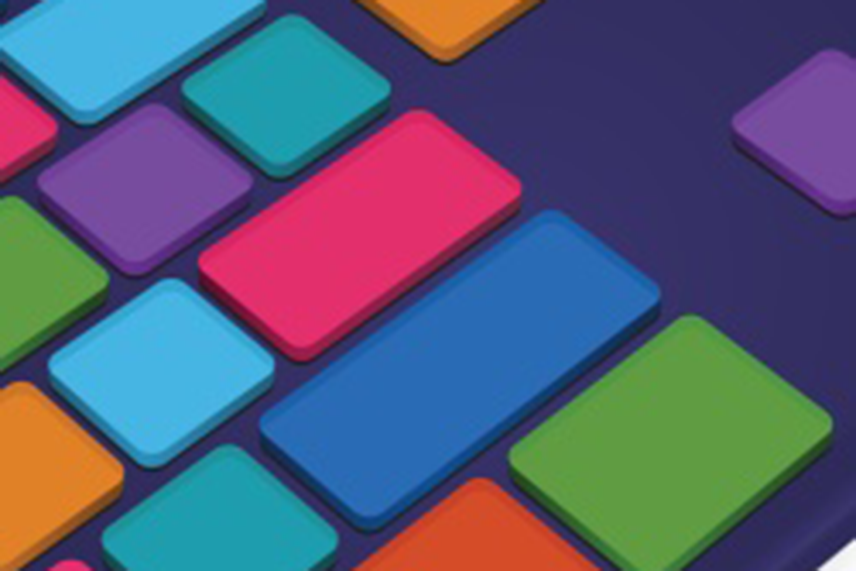
When we talk about Windows, the first thing that comes to our mind is of an operating system installed in a gadget for our use. All Windows operating systems are considered to be stable in every field of computing. Well, I have started or rather had my first experience on a computer having Windows 98 operating system. Those were the days where computing was minimal and basic. The development that we see today is phenomenal and encompasses all directions of computing.
Today, Windows 10 stands in front of us unleashing new options and features to benefit the human race in the field of computing. Easy synchronization along with IOT (Internet of Things) are some of the features to look forward in this operating system. However, let’s not forget, Microsoft’s ability to pack 10 different things in one, so we can expect a little more than just an upgrade from the previous operating system. Let us see the changes that have carved the all new Microsoft operating system – Windows 10:
- Start Menu – We all love it, we all want it. The Start Menu was perhaps the most missed out feature in Windows 8. However, in Windows 10 it makes a striking presence right on the toolbar. The user can alter the Start Menu by inserting his/her favorite app tiles along with a search bar, and also unpin tiles which are not used frequently. I found the Start Menu feature dating back to Windows XP days which added a hint of the future. Certainly, a positive move from Microsoft by reinventing the Start Menu.
- Multiple Desktops – The user has an option to create multiple desktops that can be used as per his/her requirements. Switching between multiple desktops is easy since the shortcut key ensures quick change. I need to toggle between active desktops which are having useful background processes. Hopefully my usage would be a lot simpler if this feature is actually implemented in Windows 10.
- Windowed Window – All new programs open in the same format as desktop apps open. Previously, I had to toggle between my current app and the app which needs to be accessed. The options for resizing the opened app are present on the title bar ensuring I can anytime minimize, maximize, and close the active window with a click.
- Snap Power – The user can access 4 apps through the snap option which is present on the same screen. Snapping of additional programs is possible since Windows 10 detects the unused apps and provides suggestions that can empty the used space. By this, the processor can provide more computing power for smoothening the functioning of an ongoing process.
- Quick file search – Windows 10 is advanced with the quick file searching option that enables the user to view frequently accessed folders and recent files. For the files which I have created or edited lately, I can easily retrieve them through this feature.
- Enhanced task view – Accessing opened files and multiple desktops can be performed with ease due to the presence of a task-view button, on the task bar. It surely would provide an added advantage, if you are using multiple desktops.
All of these features ensure balanced experience in computing; computing wherein the device screen range from 4 inch to 44 inch. The ‘One size fits all’ idiom fits well w.r.t. the new OS, and Microsoft’s strategy of providing an all-round solution for different areas of computing. Windows 10 for touch screen devices is still in pipeline along with the desktop version; it would surely offer adequate facilities to ease mobile computing.
Windows 10 does seem to be a perfect move by the global software giant, the features showcased can surely benefit a user like me who likes to multitask and stay connected with apps that simplify my computing needs. Having seen few features different from windows 8 in the showcase, I, like many fellow tech enthusiasts, is eager to know what more features Microsoft will add to its new much awaited OS. Stay tuned for our next blog on Windows 10 as we give you a detailed review after its launch in the consumer market.





